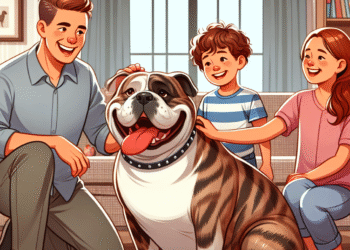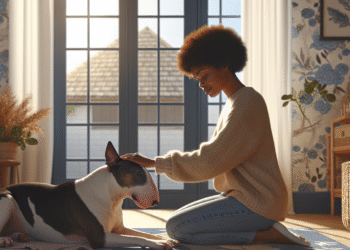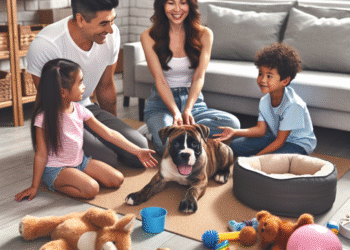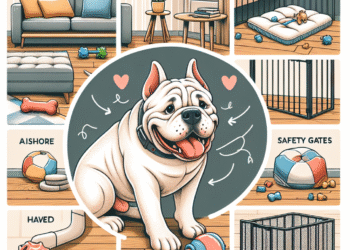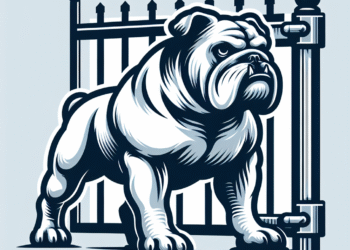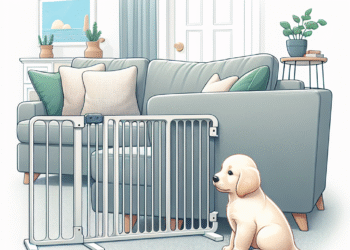Adopting a bully breed can be a rewarding experience, but it’s essential to understand the timeline and processes involved from rescue to permanent home. This guide outlines the key phases of settling in a bully breed, enabling you to prepare for a successful transition.
1. Initial Rescue: The First Few Days
When you first bring your rescue bully home, the experience can be overwhelming for both you and the dog. The initial days are crucial for establishing a safe environment. Here’s what to consider:
-
Safe Space: Create a designated area where your bully can feel secure. This might include a quiet corner with a comfortable bed, toys, and water.
-
Limited Space: Initially limiting their space helps prevent overstimulation. Gradually, as they become comfortable, you can introduce them to different areas of the home.
- Routine Introduction: Establishing a daily routine for feeding, walks, and bathroom breaks will help your dog acclimate to their new environment.
2. First Week: Building Trust
The first week is often a critical period in building trust. Here are some strategies to encourage bonding:
-
Positive Reinforcement: Use treats and praise to encourage positive behavior. This helps reinforce good habits while fostering a positive relationship.
-
Gentle Interaction: Allow your new dog to approach you at their own pace. Avoid overwhelming them with excessive petting or loud noises.
- Routine Walks: Start a consistent walking routine. This not only provides exercise but also exposes your bully to new sights and smells, helping them gain confidence.
3. Weeks Two to Four: Socialization and Training
After the first week, focus on deeper socialization and training:
-
Gradual Exposure: Introduce your bully to various environments, people, and other dogs. Controlled socialization can prevent fear-based behavior later on.
-
Basic Commands: Begin teaching basic commands like "sit," "stay," and "come." Bully breeds often thrive on structure, and training sessions can strengthen your bond.
- Professional Help: If you notice behavioral issues, consider enrolling in obedience classes. A professional trainer experienced with bully breeds can provide tailored guidance.
4. One Month: Establishing Stability
By the end of the first month, you should aim for a stable routine. Here’s what this looks like:
-
Consistent Routine: Reiterate the established schedule for feeding, exercise, and bathroom breaks.
-
Behavioral Assessment: Monitor your dog’s behavior to identify any signs of anxiety or fear. Address these behaviours with patience and positive reinforcement.
- Health Check: Schedule a visit to the vet to ensure their health is on track. Discuss vaccinations, diet, and a long-term care plan.
5. Three to Six Months: Integration into the Family
As time goes on, your bully breed should start feeling like part of the family:
-
Family Bonding: Encourage family members to participate in walks, feeding, and playtime to build connections.
-
Expanding Social Circles: Create opportunities for your bully to meet other dogs safely. Dog parks or doggy daycare can be excellent options, but supervise interactions.
- Continued Training: Engage in ongoing training sessions to reinforce good behavior. Consider agility or advanced obedience classes as a fun way to bond.
6. Six Months to One Year: Comfort and Companionship
After six months, your rescue should be well-adjusted and thriving:
-
Understanding Personality: By this time, you’ll have a good understanding of your dog’s personality. Adjust your training and interaction style to fit their unique needs and preferences.
-
Routine Adjustments: As your bully matures, consider adjustments to their exercise routine and diet. Regular vet check-ups will help ensure they stay healthy.
- Long-Term Commitment: Understand that adopting a rescue is a long-term commitment. Continue to evaluate your dog’s needs and provide mental and physical stimulation as they age.
Conclusion
Bringing a rescue bully breed into your home is a journey that demands patience, dedication, and love. By understanding the timeline from rescue to settling in, you can make the transition smoother and more enjoyable for both you and your new companion. Always remember, every dog is unique, and flexibility in your approach will foster a loving and supportive environment for your new best friend.


